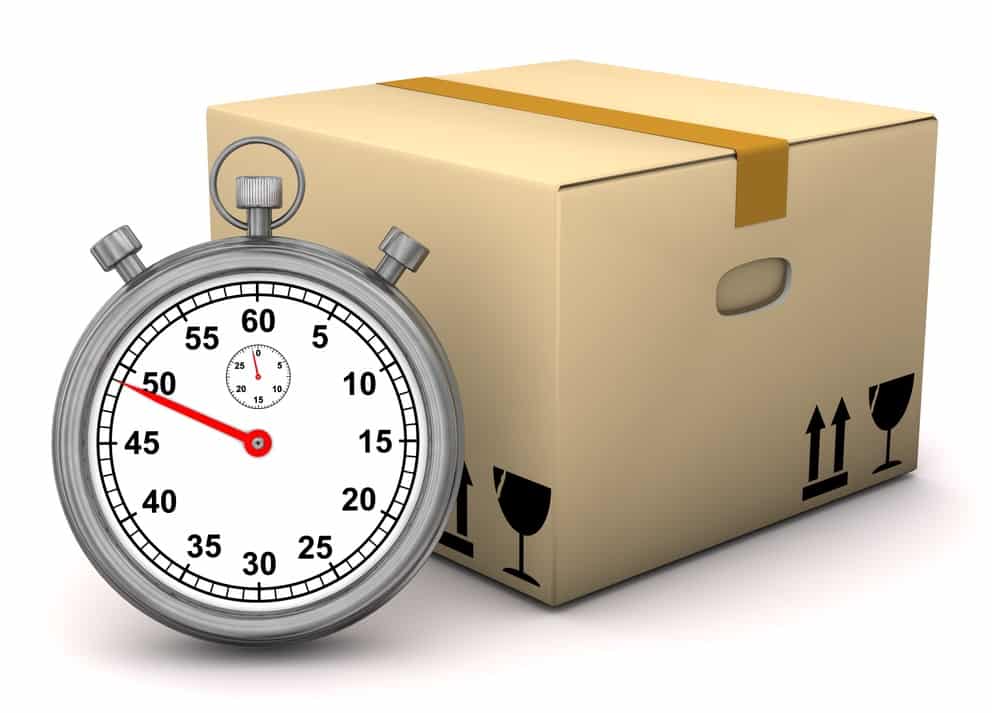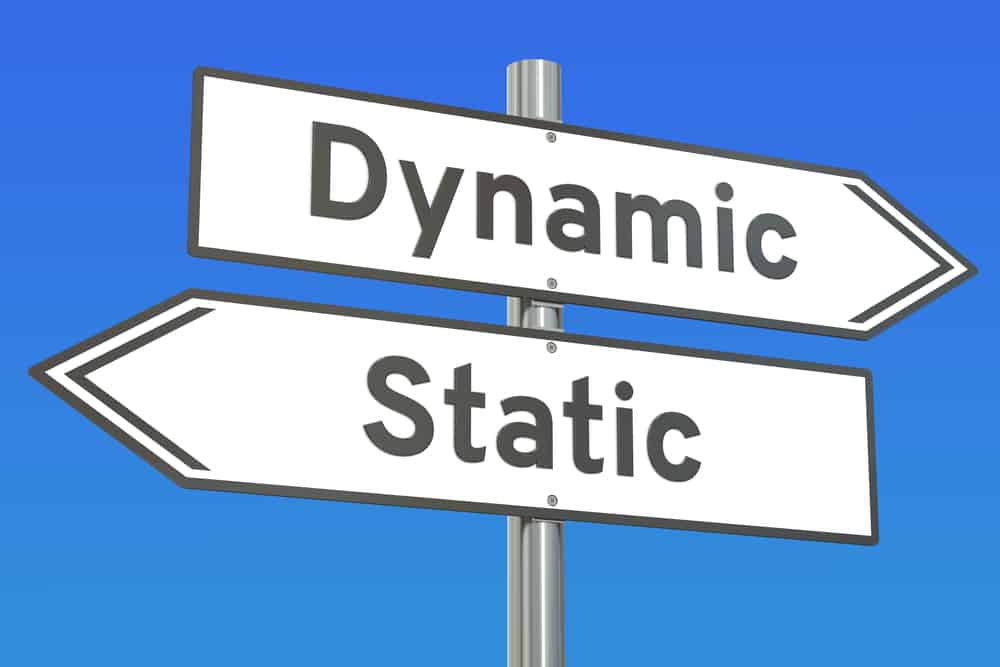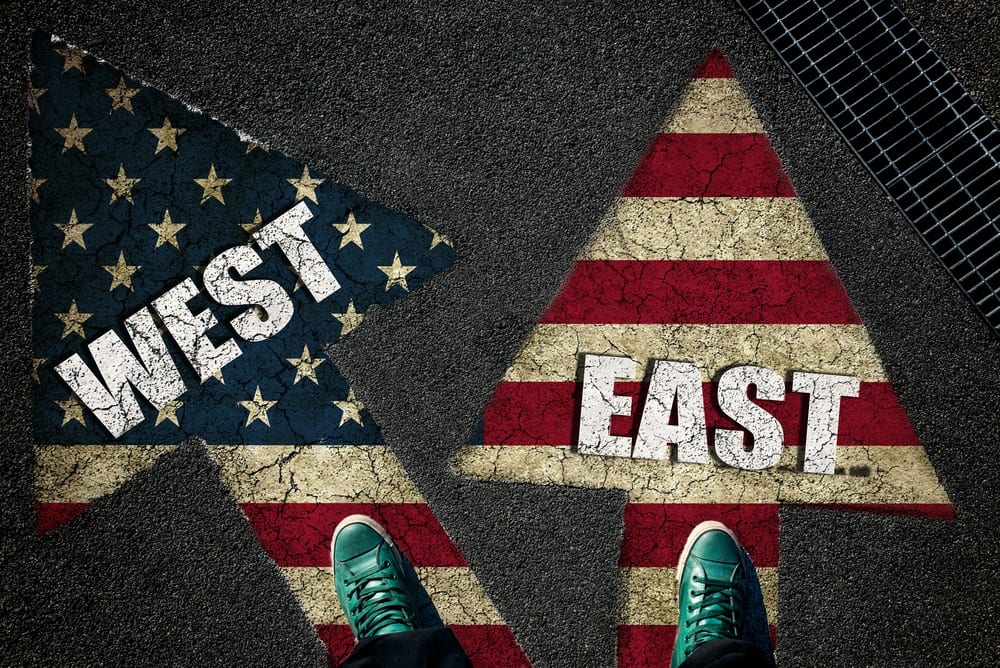Leverage Location: Fulfillment Gets Brands Closer to Customers
Change is inevitable, not optional. Once we accept that, it simply becomes a matter of how we handle successive shifts in the business sectors we serve.
That being said, it's time for retailers to acknowledge a significant shift in consumer demographics.
As consumers, millennials are taking over from Baby Boomers. In terms of income levels, purchasing habits, and plain old population ratio, those born after 1980 are coming of age and are now the most important market segment for most companies to reach.
With this shift comes a related challenge for supply chain professionals: gear up order fulfillment solutions that meet the growing demands of this generational transition, or be left behind by competitors who do.

From Static to Dynamic Delivery
Before the advent of online markets, delivery was a relatively simple choice for consumers: they could head to the store or open up a mail-order catalog to browse and purchase products. Less of a headache for logistics professionals, to be sure, but not exactly convenient for the customer.
Fast forward to the present consumer environment and the opposite is true. It's the customer who now has abundant options to decide where and when delivery occurs, leaving the seller with the headache of how to make it happen.
Throw in increasingly short lead times - expected as promptly as one-hour after purchase, in some cases - and dynamic delivery is undeniably one of the most important factors in the modern consumer's mind as they decide where to buy.

Millennial Habits: At Home and Online
As a demographic group, Millennials are moving closer to major urban centers than preceding generations. This has significant implications for the supply chains that serve them.
As we've talked about already this year, this is a generation that expects rapid delivery. In order to meet these expectations, brands must intuitively understand the operational capabilities and delivery lead times of each warehouse location.
Even if we write off the current squeeze on commercial real estate space (and its associated rent hikes) as a temporary concern, the challenge posed by the millennial desire to move back to major cities is one for the long-term.

We now see many major retailers building facilities much closer to major urban centers in order to meet this demand. Smaller companies will have to follow suit or consider other ways to leverage location as a competitive advantage.
Getting Brands Closer to Customer
Before every business owner reading this rushes out to build a one million sq. ft. storage facility right outside the nearest big city - we know you were considering it - remember that there's more than one way to get close.
It's important to note that physical proximity is no longer the only way to get close to your customer. Factor in digital distance and even a small brand out in the back of beyond can look like your next door neighbor.
By creating content tailored to a specific area, demonstrating local knowledge, and contracting out fulfillment to a service provider in that region, the difference between an online retailer and a bricks and mortar store becomes negligible. As long as a business honors its fulfillment promise and provides the kind of post-sale service that modern customers expect, location can be leveraged as a competitive advantage by brands of all sizes.

One example of this lies in the bicoastal fulfillment model, which gives North American companies an import solution that brings in goods via ports on both coasts.
This approach provides two important advantages:
- Quicker delivery to almost all of the United States, typically within a couple of days for most locations heading inland from either coast.
- Flexible routing options when things don't go to plan, such as the extended labor dispute that disrupted west coast ports last year.
This is just one example of a fulfillment setup that helps brands get closer to customers, without actually having to be in their back yard. There's little doubt that physical proximity to consumers is still the best option, but the reality of online commerce and responsive, flexible fulfillment solutions can provide the next best alternative.
In summary, the next generation of customers is going to expect a lot more of the companies they buy from. They want more ways to order, flexible shipping and collection options, and the ability to access rapid delivery alternatives, especially in major metropolitan areas.
Brands that can get close to their customers both physically and digitally stand a much better chance of winning new business. The acceleration of e-commerce will only accentuate this new reality and companies must be ready to act on the dynamic expectations of the modern consumer.
Having a flexible fulfillment partner helps to bridge the gap between established operations and the development of new solutions to get brands closer to customers. Companies with this kind of industry expertise in their corner will be well-positioned to take advantage of changes in consumer behavior as they occur.
Are you reviewing the best place for your order fulfillment? Take a look at our locations and let us know how we can help your brand get closer to your key markets.
